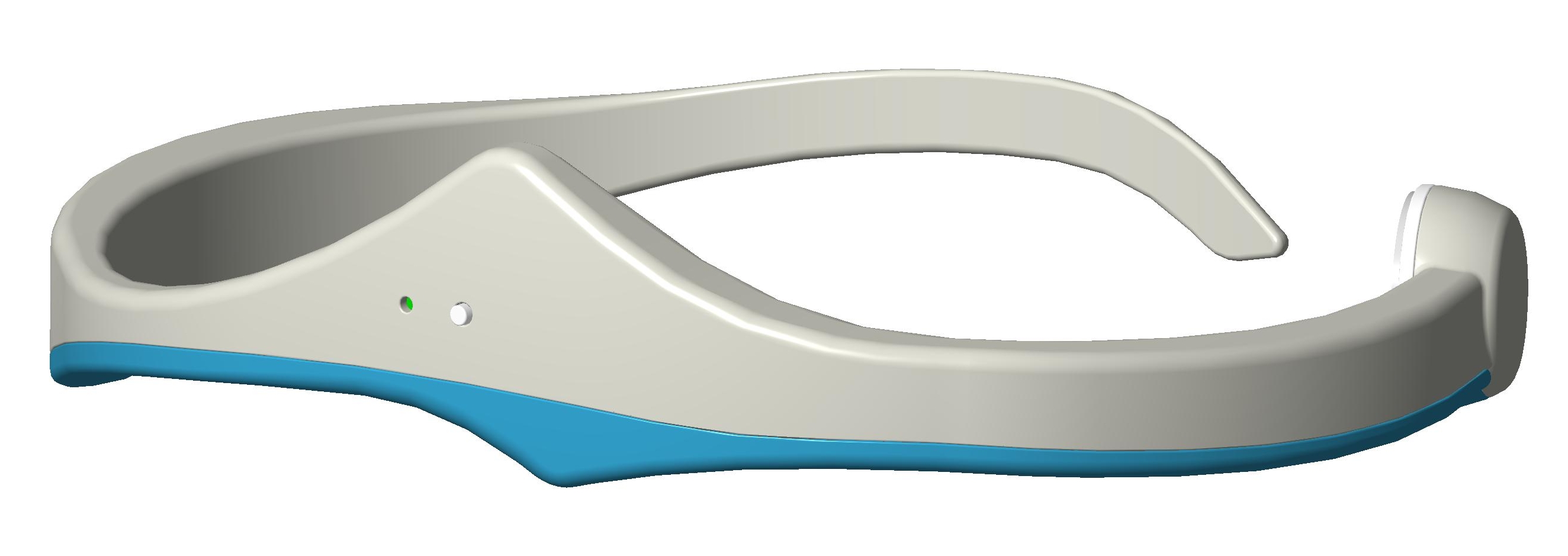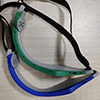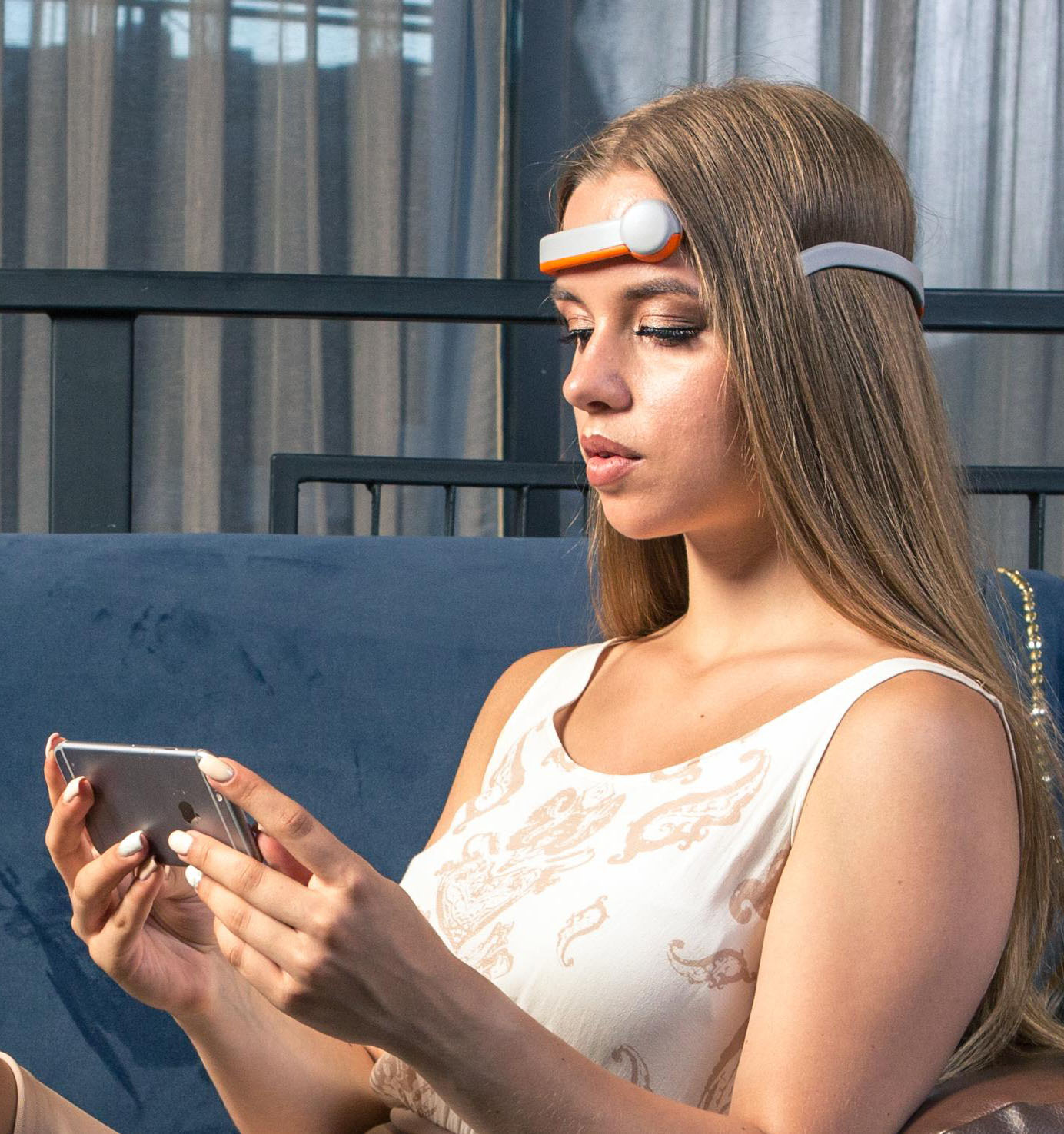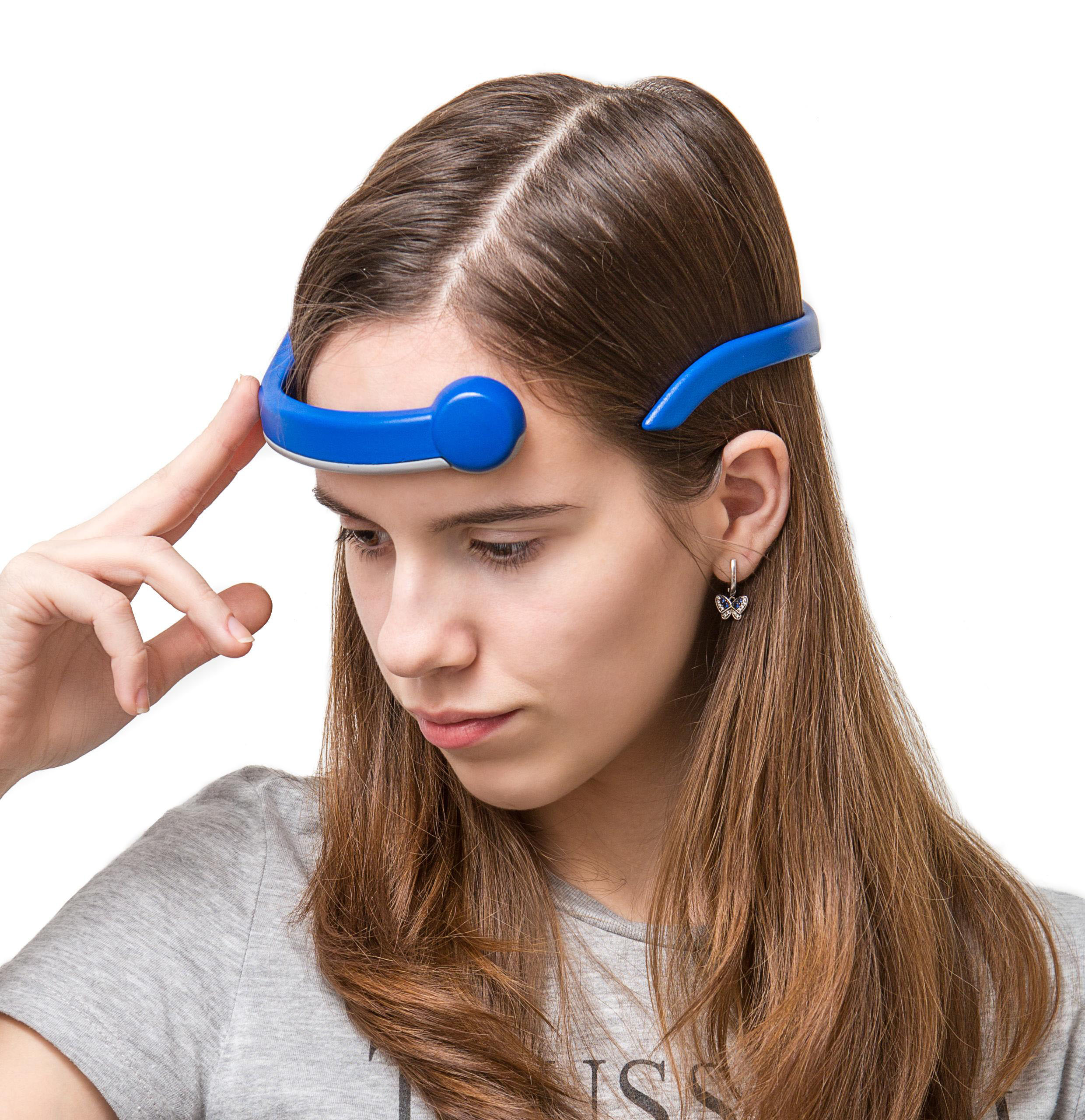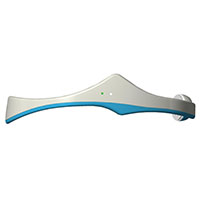The first mobile neurointerface based on near-infrared spectroscopy
Neurointerface BIXXI
- neurointerface scans the surface of the human scalp and the upper layers of the cerebral cortex using optical location in the near-infrared region of the spectrum (NIRS)
- evaluates the state of the brain by the level of oxyhemoglobin, deoxyhemoglobin, total oxygen in the blood vessels of the brain, and hemodynamics.
- allows you to train brain vessels using the games, based on biofeedback
890 €
The device consists of optical sensors and a processor unit. The whole structure is fixed on the head of the person.
The optical sensor is a small unit with a wide-band photodiode and IR LED, located in such a way as to effectively collect data from an area of approximately 1 square cm. The sensor itself occupies an area of about 4 square cm.
The processor unit is connected to the control computer or mobile device via the Bluetooth interface, receiving commands and data from it. The power is supplied from a small Li-Ion battery, which is enough for the device to continuously work for 2.5-3 hours. The device is charged through the microUSB interface, like most modern mobile devices. The processor unit controls the LEDs and data collection from the photodiodes via the high-speed ADC. The use of a multichannel ADC with a speed of up to a million samples per second, as well as the oversampling (multiple measurements with summation and averaging of the result) and matched filtering methods, make it possible to obtain high-bit data with a good signal-to-noise ratio.
The equivalent depth of the obtained data is 26-28 bits, which corresponds to the sensitivity of the photo-sensor at the photo-EMF level of the order of tens of nanovolts. This makes possible a reliable detection of the photo-EMF signal. The subsequent statistical processing of the data on the computer allows to filter the background noise and contaminating signals and helps to identify some patterns.
The speed of data acquisition from the photosensors ranges from several dozen measurements per second to one measurement for a long time period (almost unlimited); this period cab be specified by an external control command.
The data is transferred by a packet carrying information from all sensors. At long measurement times, the "dynamics" is lost, i.e. the device is not able to record fast signal fluctuations. On the other hand, longer measurement times increase sensitivity and improves the signal-to-noise ratio. The specified equivalent bit depth (26-28 bits) is achieved at speeds of about 1-10 samples per second. The switching (multiplexing) of the sensors during the measurement with speeds of several thousand switching per second provides (quasi-)simultaneity of data acquisition in the case of multiple channels, with the data packet acquisition frequency for all sensors of the order of 1-10 packets per second.
This data acquisition dynamics can be considered satisfactory, given the inertia of biological processes in the IR region, where the obtained data mainly carry information about the change in blood flow.
• number of channels – 4.
• heart rate sensor
• position sensor (accelerometer)
• nominal resolution on the level of photoelectric sensors-no worse than 50 NV;
• nominal wavelength of the first IR emitter of the photosensor (880 nm);
• nominal wavelength of the second IR emitter of the photosensor (700 nm);
• total pulse power of IR emitters of one photo sensor - no more than 250 mW;
• the width of the IR emitter band of the photosensor by level 0,5 - +/-20 nm;
• The speed of polling and data acquisition across all four channels (quasi-simultaneously), with a nominal resolution of at least 1 four-channel measurement per second;
• interface with a control PC or mobile device-Bluetooth version 4.0, with LTE support. (it is possible to use a wired USB 2.0 or higher interface for a PC)
• supply voltage-5V
• average current consumption-no more than 200mA
• weight-no more than 100g

 En
En  Ru
Ru 
